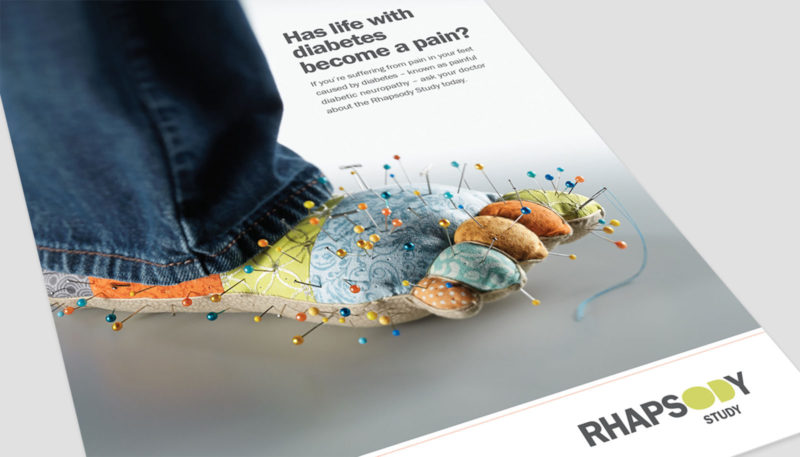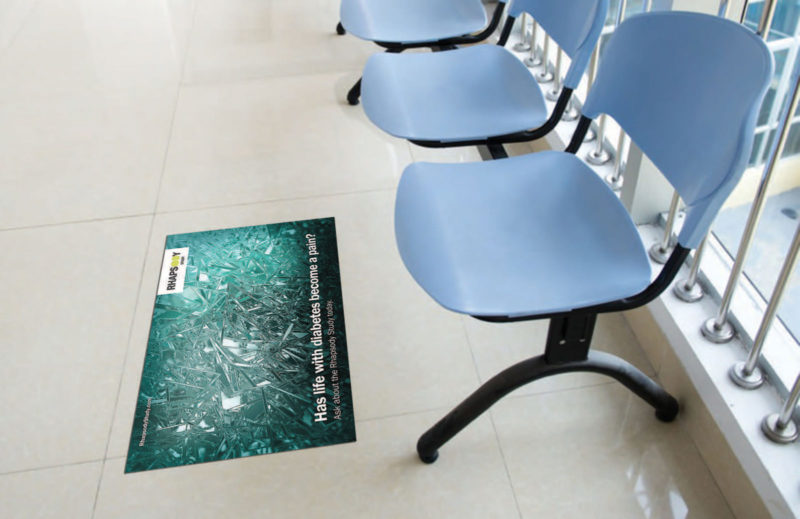Speaking the patient’s language.
At Praxis, Crowley Webb’s patient recruitment division, our core process for innovative patient recruitment starts with understanding. This is not limited to the facts surrounding medical conditions. We also want to understand how patients are affected – both physically and emotionally – by a condition. Next, we make sure to connect. We use insights gathered from various research outlets to connect to patients in ways that will truly resonate with them. One of the most successful ways we do this is by generating creative concepts and messaging influenced by social listening.
Using social listening software, we scan different social media platforms and discussion forums to see how patients are talking about their conditions. This allows us to go a step further in our understanding of a particular medical condition by becoming familiar with how patients speak about it in their own words. We want to hear how they describe their symptoms, treatments, and emotions, as well as how this all impacts their everyday life. Researching patient experiences allows us to see what life with a condition is really like. In doing so, we’re able to speak the patients’ language, which leads to the generation of more-impactful creative concepts.
For example, when we researched symptoms of diabetic neuropathy, it was clear that this condition causes nerve sensitivity in the extremities. However, when we delved into firsthand accounts from patients, we quickly learned that symptoms are often described as “pins and needles” in the feet. Through this research, we were able to get a better glimpse of what diabetic neuropathy is actually like for those living with it.

Creative concept for the Rhapsody study, about painful diabetic neuropathy.

Metaphorical floor graphics about painful diabetic neuropathy for doctors’ offices.


By using the patients’ language, we can create concepts and messages that resonate with our target audience. Our goal is for a patient to look at our approach and think, “That’s exactly how I feel. These people understand me.” When we create messages that connect with patients on a personal level, they are more likely to engage with it, remember what they saw, and then seek out more information.
Ultimately, our goal is to help patients find a form of relief and potentially contribute to a new treatment option for a condition. By using patient-focused research together with our creative minds, we hope to bring patients a step closer to these outcomes.
